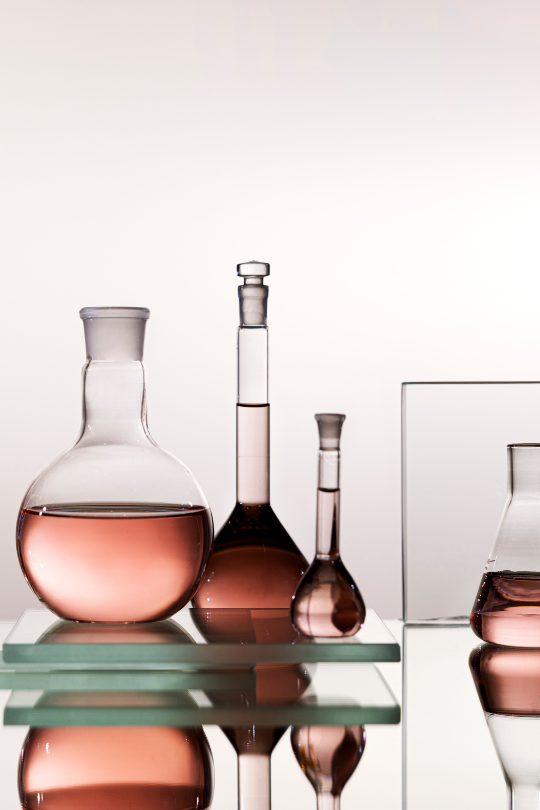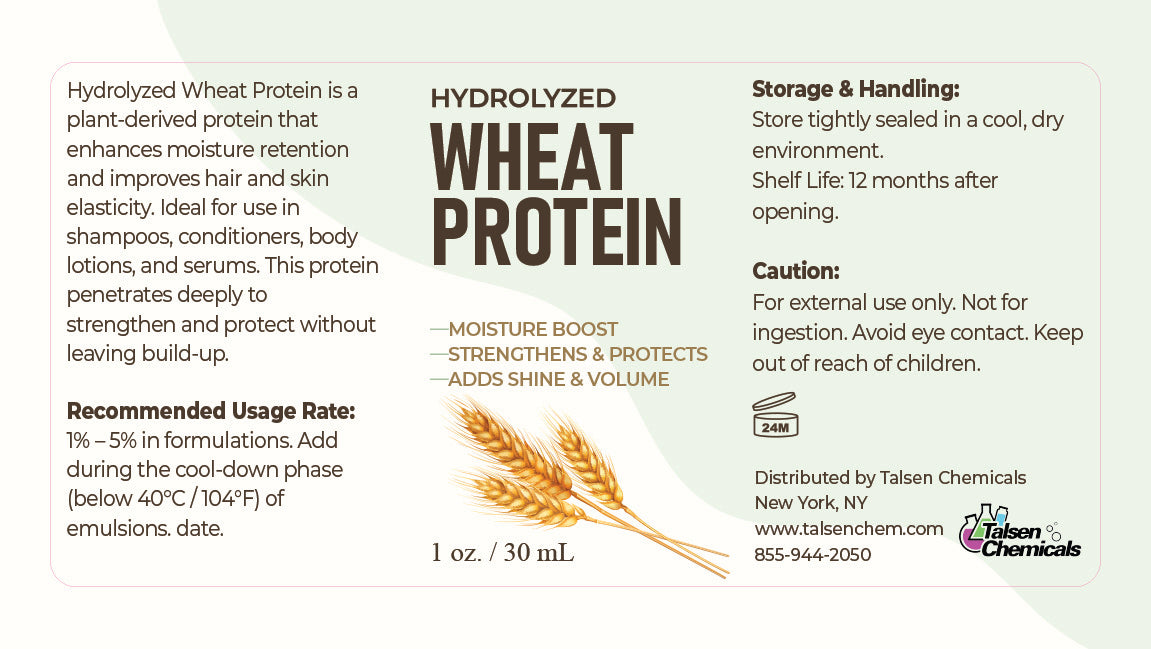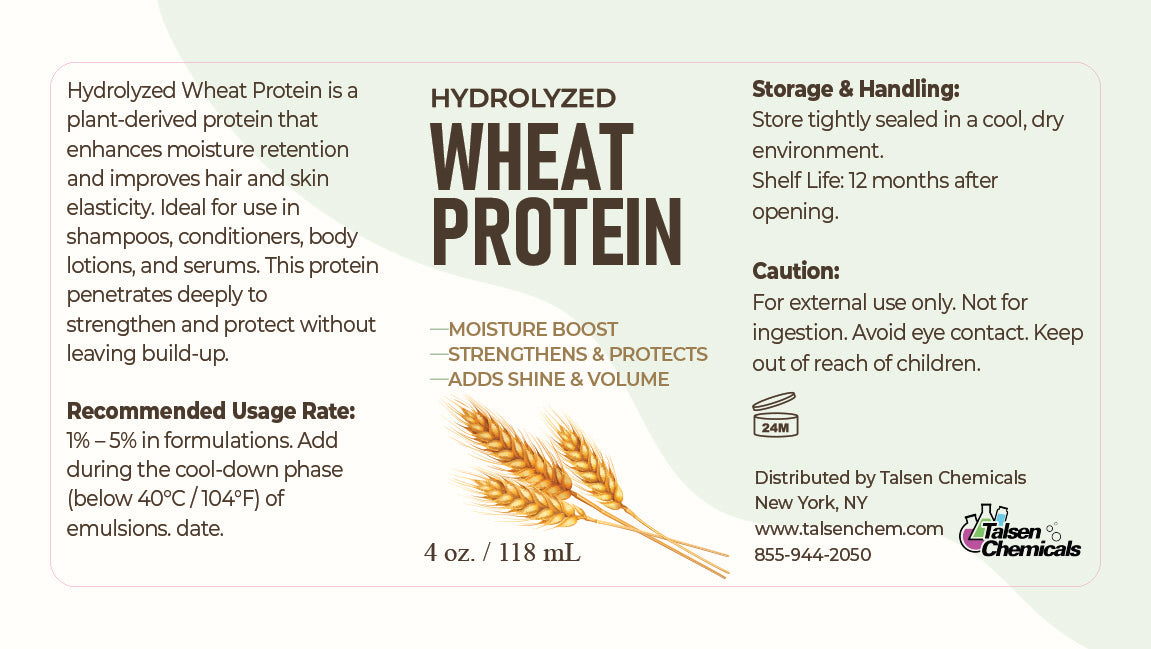Liquid Hydrolyzed Wheat Protein
- Free worldwide shipping
- In stock, ready to ship
- Inventory on the way
INCI Name: Hydrolyzed Wheat Protein
CAS Number: 70084-87-6
Appearance: Light to amber-colored liquid or powder (depending on form)
Source: Plant-derived (wheat gluten)
Liquid Hydrolyzed Wheat Protein is a plant-based, water-soluble protein derived from wheat, known for its ability to strengthen and repair hair and improve skin hydration. Rich in amino acids and peptides, it penetrates deeply into hair strands to enhance moisture retention, boost elasticity, and reduce breakage—making it an ideal ingredient for shampoos, conditioners, hair masks, and leave-in treatments.
In skincare, Hydrolyzed Wheat Protein forms a protective barrier on the skin’s surface, helping to smooth and soften texture while reducing transepidermal water loss. Its light, non-greasy nature makes it suitable for lotions, creams, and serums aimed at improving skin suppleness and resilience. This versatile ingredient is perfect for formulators seeking to add plant-based performance and protein-enriched benefits to their cosmetic products.
Applications
Hair Care:
-
Shampoos and conditioners
-
Leave-in treatments and serums
-
Hair masks and deep repair products
-
Heat-protection sprays
Skin Care:
-
Moisturizers and creams
-
Anti-aging treatments
-
Body lotions and hydrating mists
-
After-sun and soothing products
Key Benefits
For Hair:
-
Strengthens and repairs damaged strands
-
Improves hair elasticity and resistance to breakage
-
Enhances shine and smoothness
-
Reduces hair porosity and frizz
-
Forms a protective film without buildup
For Skin:
-
Boosts skin hydration by forming a moisture-binding film
-
Improves skin smoothness and elasticity
-
Soothes and conditions irritated or dry skin
-
Enhances skin barrier function
Formulation Notes
-
Water-soluble and compatible with most surfactants and emulsifiers
-
Typical usage rate:
-
Hair care: 0.5–5%
-
Skin care: 1–3%
-
-
Can be added to both rinse-off and leave-on formulations
-
Best added during the cool-down phase (< 40°C) to preserve activity
Certificate of Analysis - Material Safety Data Sheet available upon request









